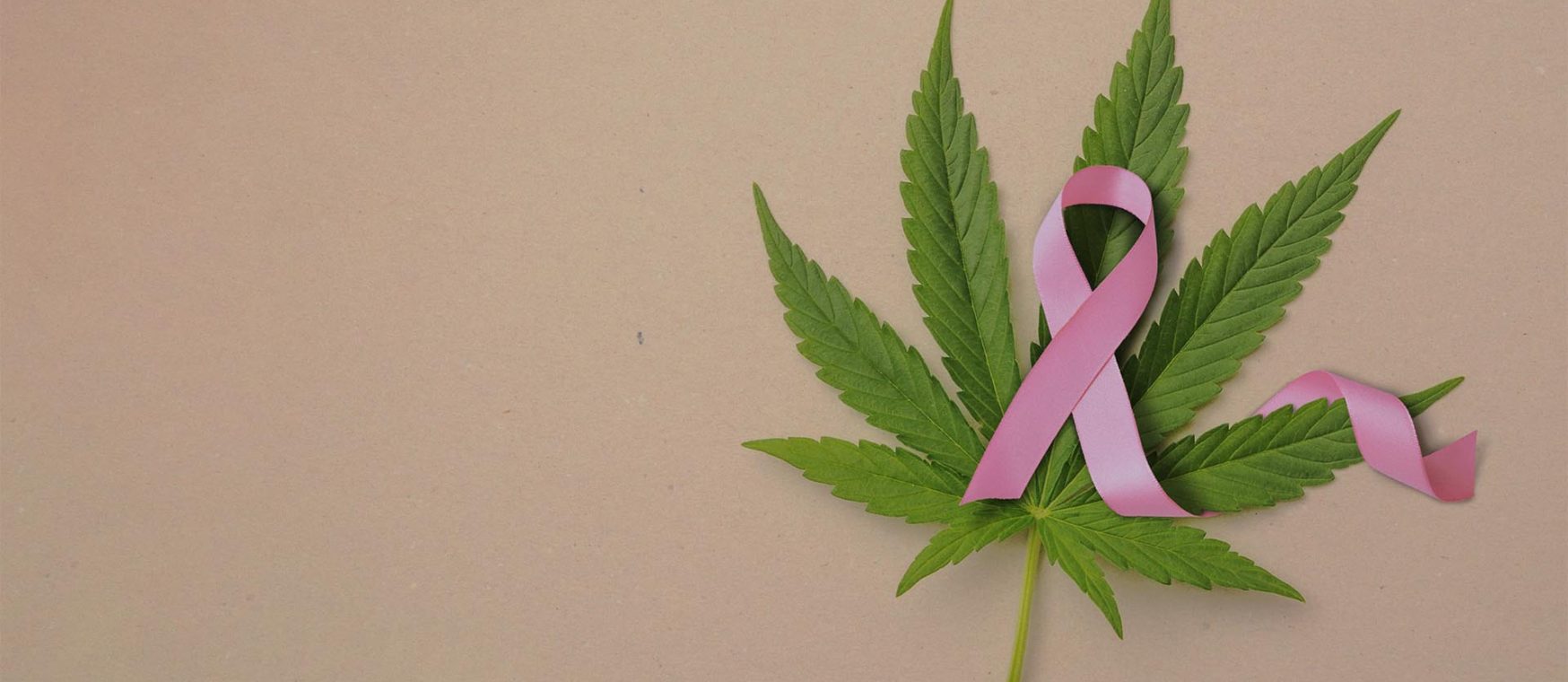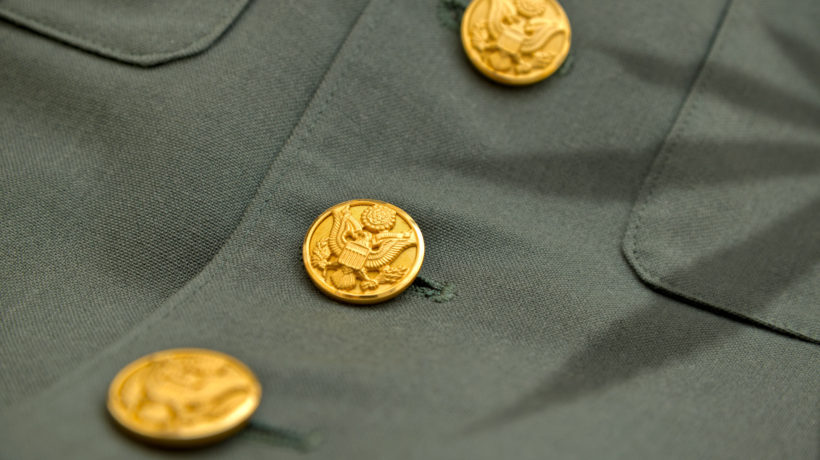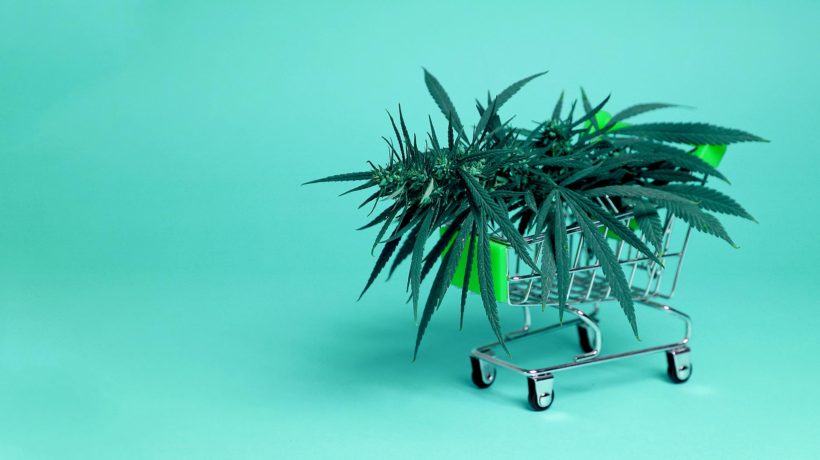Breast cancer is the most commonly diagnosed form of cancer among women in the United States. Though death rates for the disease are on the decline, diagnoses are on the rise. Breast cancer will affect 1 in 8 women in their lifetimes, as of 2018.
Luckily, screenings and early detection allow women to start treatment sooner. Surgery and chemotherapy are among the top treatments for women who have been diagnosed with breast cancer. However, many women are now turning to natural treatments, such as medical marijuana, to ease the symptoms of the disease and allow their bodies to heal naturally.
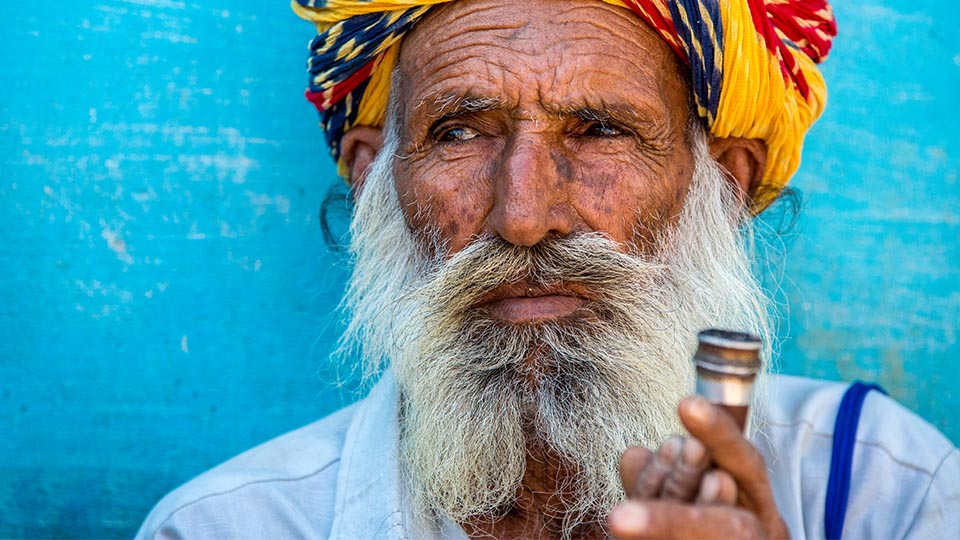
A brief history of cannabis as medicine
Healers have been using marijuana to treat several conditions for centuries. While its origins are in Central Asia, the healing plant is now grown all over the world. Despite the fact that it has been around for so long, its use as a treatment for patients battling breast cancer and other cancers is relatively new.
Scientific studies in regards to cannabis as a cancer treatment are also in their infancy. While there is still currently no cure for breast cancer, studies show that cannabis is an effective treatment in reducing the symptoms and improving the patient’s quality of life.
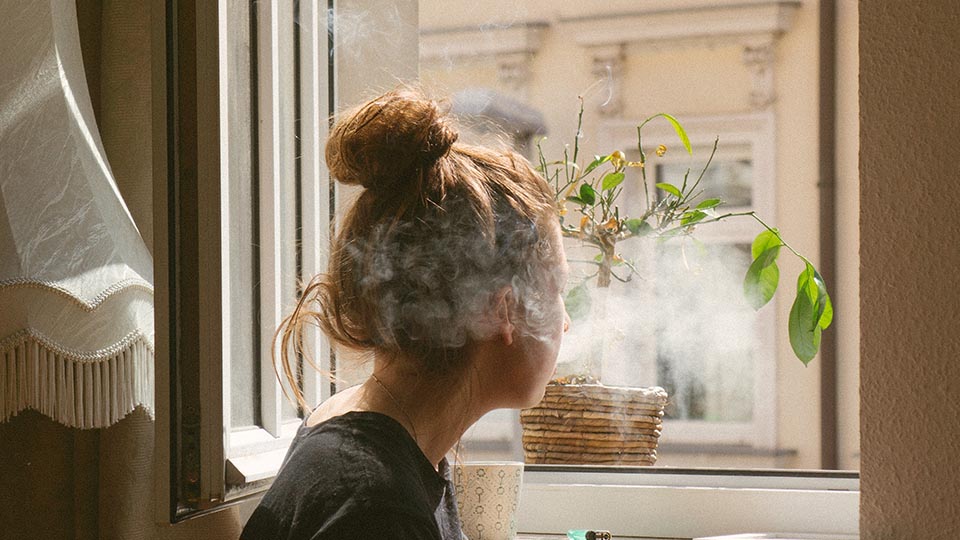
How does cannabis help breast cancer?
The two most common compounds with medicinal qualities in cannabis are delta-9-tetrahydrocannabinol (THC) and cannabidiol (CBD). THC is the psychoactive element of marijuana while CBD does not have psychoactive effects. Different strains of marijuana have varying amounts of each compound.
People most commonly use medical marijuana to treat common symptoms of breast cancer, including pain, nausea, and inflammation.
The American Cancer Society notes that studies show that lesser-known cannabinoids like THCa may slow the growth of certain types of cancer cells and help prevent the spread of cancer.
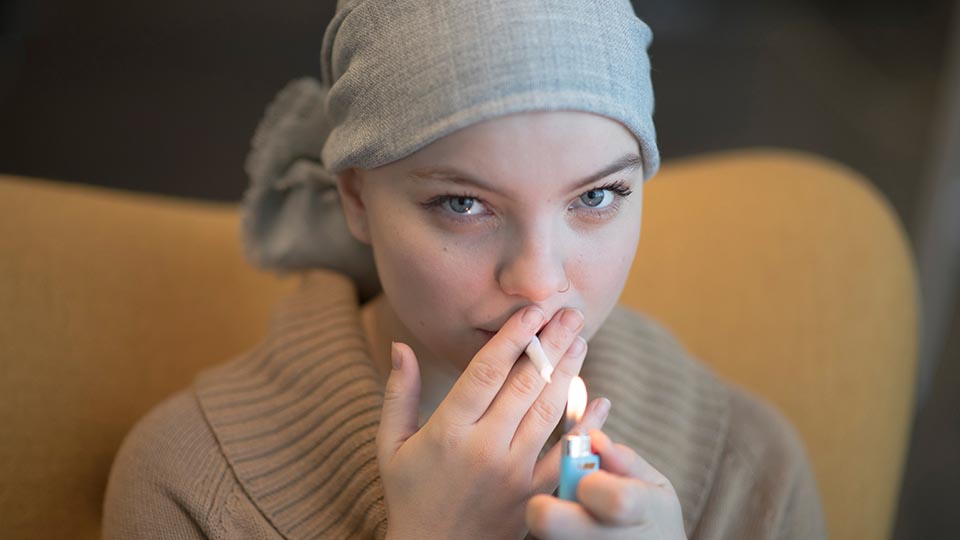
Marijuana and chemotherapy
Many people use cannabis in conjunction with other traditional cancer treatments, especially chemotherapy, a treatment known for causing a number of unpleasant side effects. Turns out, cannabis can help ease those effects.
In particular, THC and CBD reduce nausea, vomiting, hot flashes, loss of appetite, anxiety, and sleeping problems that patients often experience when going through chemo. Studies show that people who take cannabis extracts during treatment require less pain medication, too.
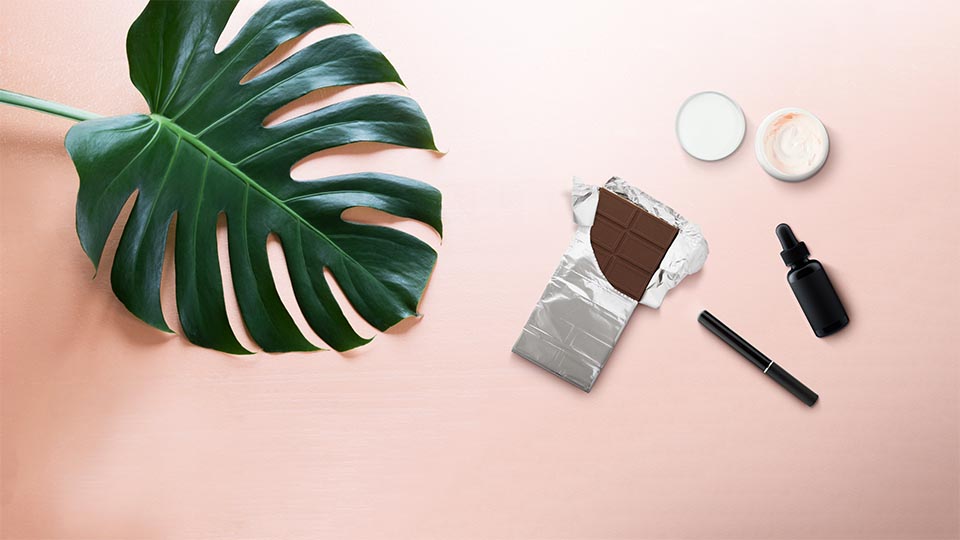
Forms of cannabis
Many people smoke cannabis recreationally and medicinally, but this isn’t the only way to get the effects of the plant’s healing properties. Since many oncologists prefer that their patients don’t smoke anything, these other forms are good alternatives:
- Edibles: cannabis compounds added to baked goods, candies, and other treats
- Tinctures: concentrated cannabis extracts taken orally under the tongue or on the gum line
- Vapor: concentrated extracts for use in a vapor pen
- Topicals: cannabis compounds added to a moisturizing lotion or cream to be used topically on the skin
When it comes to treating breast cancer, the treatments you choose are always a personal decision. Take the time to speak with your doctor about all of the available treatments, and then weigh the advantages and disadvantages of each. While scientific studies into using marijuana to treat breast cancer are limited, there is more and more evidence each day supporting its healing qualities.
